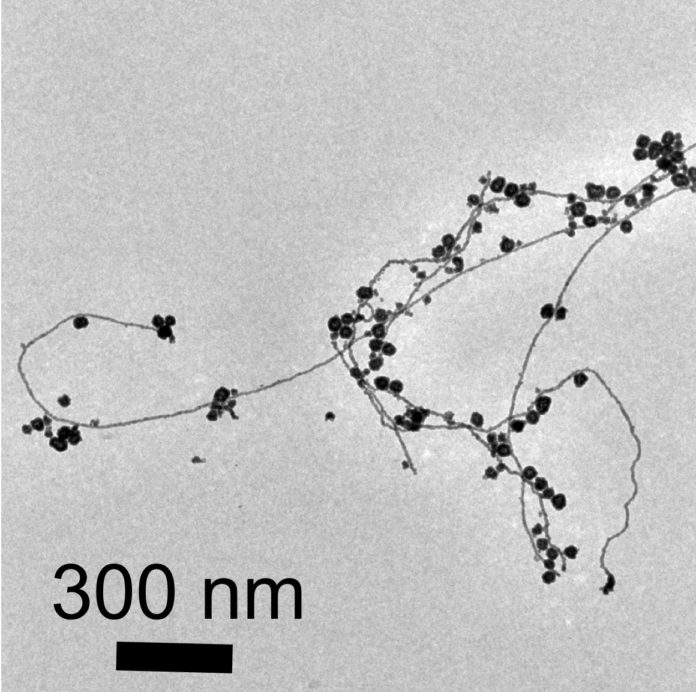Gold is known as a noble metal since it is moderately unreactive. Not at all like base metals, for example, nickel and copper, gold is impervious to consumption and oxidation, which is one reason it is such a prominent metal for adornments.
Around the mid-1980s, in any case, researchers found that gold’s compound detachedness just shows everywhere, or perceptible, scales. At the nanometer scale, gold particles are artificially responsive and make phenomenal impetuses. Today, gold nanostructures have discovered a part in a wide assortment of uses, including bio-imaging, medicate conveyance, dangerous gas recognition and biosensors.
As of not long ago, in any case, the main dependable approach to make gold nanoparticles was to consolidate the gold antecedent chloroauric corrosive with a decreasing operator, for example, sodium borohydride.
The response exchanges electrons from the lessening operator to the chloroauric corrosive, freeing gold molecules all the while. Contingent upon how the gold molecules at that point cluster together, they can shape nano-estimate beads, wires, rods, prisms and more.
Stanford scientists now made a discovery by creating gold nanoparticles and nanowires using water droplets. This is a whole new form of discovery in the new field of on-droplet chemistry that could produce nanoparticles of gold and other metals.
Scientists discovered that the gold nanoparticles grew over 100,000 times faster in microdroplets. However, the most striking observation came while running a control experiment in which they replaced the reducing agent – which ordinarily releases the gold particles – with microdroplets of water.
When analyzing nanoparticles under the electron microscope, the gold nanoparticles seems to fuse together with nanowires like berry clusters on a branch.
The discovery suggests that the water microdroplets can serve as microreactors for the production of gold nanostructures. Meanwhile, the water droplet reactions fundamentally different from those in bulk water.
Study leader Richard Zare, a chemist in the School of Humanities and Sciences and a co-founder of Stanford Bio-X said, “If the process can be scaled up, it could eliminate the need for potentially toxic reducing agents that have harmful health side effects or that can pollute waterways.”
“It’s still unclear why water microdroplets are able to replace a reducing agent in this reaction. One possibility is that transforming the water into microdroplets greatly increases its surface area, creating the opportunity for a strong electric field to form the air-water interface, which may promote the formation of gold nanoparticles and nanowires.”
“The surface area atop a one-liter beaker of water is less than one square meter. But if you turn the water in that beaker into microdroplets, you will get about 3,000 square meters of surface area – about the size of half a football field.”
Scientists are now finding for the ways to utilize the nanostructures for various catalytic and biomedical applications and to refine their technique to create gold films.
The technique, detailed April 19 in the journal Nature Communications.
The study co-author includes Devleena Samanta- a former graduate student in Zare’s lab, Jae Kyoo Lee- a research associate and Hong Gil Nam at DGIST in South Korea.
